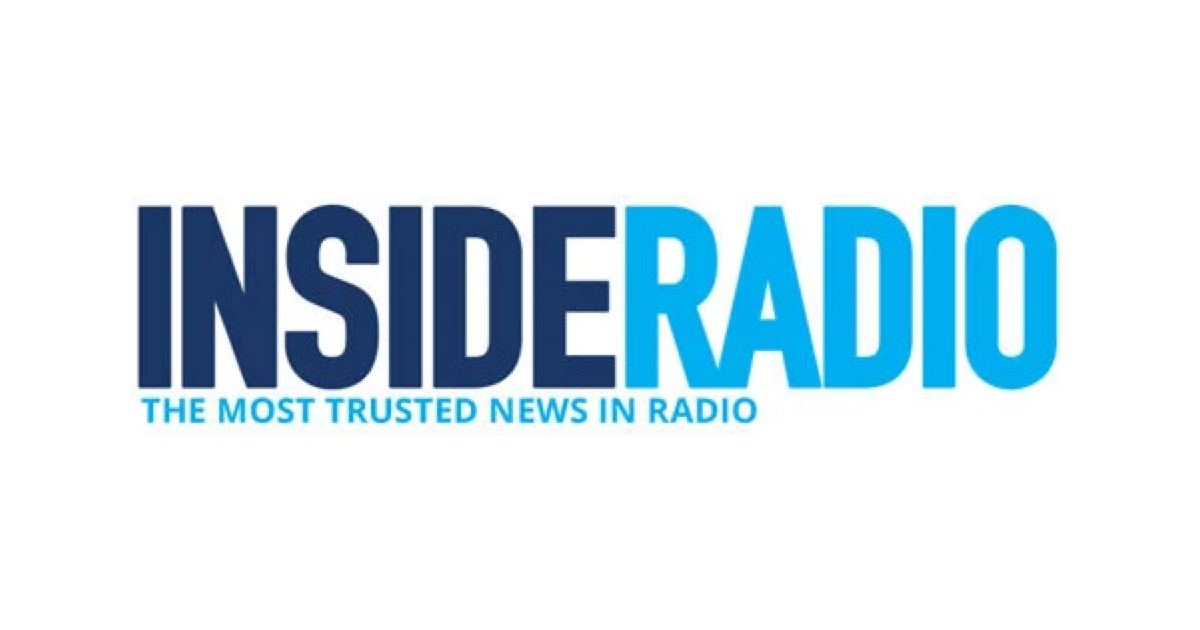
Keeping audio advertising’s pants up – The Short Stack
Friends,
It’s both hard to believe and really amazing that I’m celebrating 15 years here at SoundStack. Thanks again to partners, friends, and Stackers for continuing to make this such a rewarding experience. It’s equally amazing to think about how much has changed over the last decade and a half for delivering and monetizing audio streams at scale.
With that, a quick analogy.
Ever go on a trip and realize you forgot to bring a belt? Then you’re getting ready to go out, and you put on those new pants you’ve been dying to wear, and you realize they won’t stay up without a belt? Everyone has their own way of solving the problem – rolling at the waist, keeping your hands in your pockets all night, maybe just running out to buy a different pair of pants.
Sometimes, I use a shoelace. There’s always one around, they’re often long enough to wrap around your waist, etc. Is it the perfect tool for the job? Of course not. It loses tension easily so your pants could still fall down. It likely doesn’t match your outfit. Depending on the occasion, it could carry the shame of the underdressed. It works to some degree, but it really wasn’t meant to play the belt role.
A lot of people use advertising technology in a similar way. Both server-side and client-side methods of ad insertion ensure that an audio ad gets served properly into a live stream. The question of which of those two methods is more effective is an age-old debate. But ultimately, both are imperfect. Why? Because they attempt to cover other functions they really weren’t built to do.
Audio ads need to fit neatly into a defined space within the main audio content for a seamless listening experience. They need to be customized per listener. Everything from ad plays to listening time needs to be accurately reported, so publishers earn revenue and advertisers know they’re getting what they paid for. That list goes on, and none of it was ever really meant to be tackled by traditional server and client-side insertion.
HLS interstitial, on the other hand, is a way more versatile, efficient, and effective protocol to ensure audio ads are delivered seamlessly and measured accurately. That’s what it was built for.
SoundStack CTO Mihai Ciurea explains in our latest blog post. Have a look, and as always, please reach out to discuss how this and other innovations are making it way easier to grow your audio business.
Best,
 Jon Stephenson , CEO
Jon Stephenson , CEO 

The media agency released a midyear update to its advertising outlook. It now projects the U.S. ad market to grow 5.8% this year to $365.9 billion, excluding political ad spending. Kate Scott-Dawkins, Global President, Business Intelligence said “2024 Q1 earnings results were very strong.”

John Fix is responsible for returning Procter & Gamble into the world of audio advertising. These talking points form the basis of a 5-Question Framework applied to audio that covers the multi-year journey at P&G to address the viability of audio advertising (network radio and podcasting).


Much like the aforementioned HLS Interstitial makes for more seamless ad delivery within audio content like live streaming, adaptive bitrate (ABR) ensures that the highest-quality stream always delivers automatically based on listeners’ bandwidth at any given moment. That, in turn, ensures seamless ad delivery as well, so bandwidth limitations never keep publishers from earning ad revenue.


Podcast Movement DC will be here before you know it, and we’ll once again be gracing its stages! Keep an eye out for the panel “Playing Well Together: The Future of Direct Sales with Integrated Programmatic,” featuring our own Mike Reznick in conversation with Barometer’s Tamara Zubatiy, moderated by Flightpath’s Sean Howard. As we’ve said a lot, audio advertising isn’t a “one or the other” situation, it’s about multiple ad products playing to their unique strengths and working in tandem.